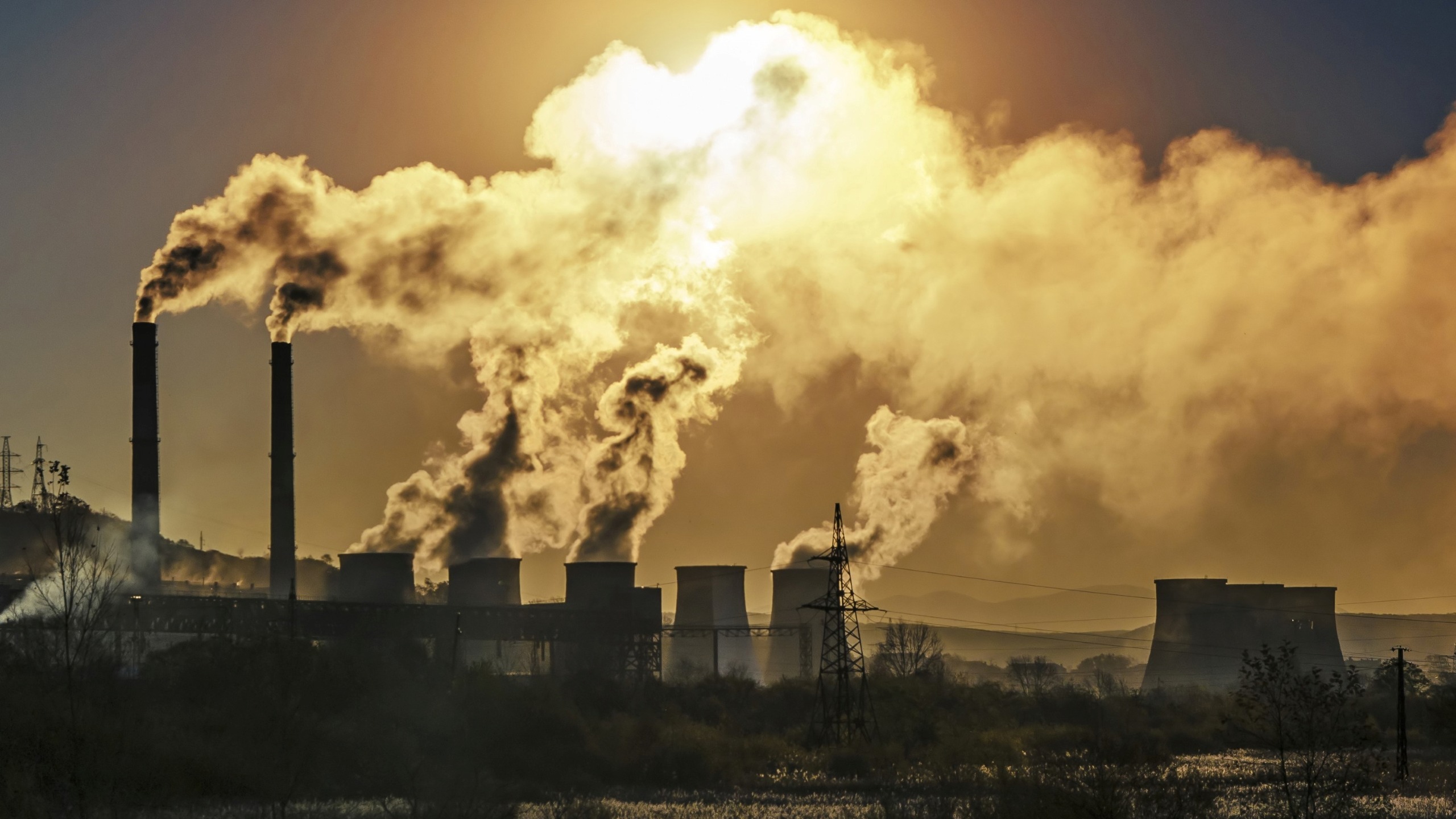California, renowned for its stringent climate policies, has been identified as the leading emitter of sulfuryl fluoride, a potent but long-lasting greenhouse gas, according to a recent study published in Communications Earth & Environment.
Sulfuryl fluoride, commonly used as a pesticide to combat wood-infesting insects like termites, can persist in the atmosphere for over 40 years, contributing to the trapping of heat and subsequent warming of the Earth’s surface.
The research, conducted by a team from Johns Hopkins University in collaboration with NOAA and the Scripps Institute of Oceanography at UC San Diego, analyzed over 15,000 air emissions of sulfuryl fluoride collected from 2015 to 2019.
Greenhouse gas (Credits: National Geographic)
The study revealed that California accounts for 60-85 percent of sulfuryl fluoride emissions in the United States, with Los Angeles, Orange, and San Diego counties being major contributors. California alone is responsible for up to 12 percent of global emissions, while all other U.S. states contribute only 5 percent combined.
The predominant source of California’s sulfuryl fluoride emissions is structural fumigation. This practice involves sealing infested structures with airtight tents, introducing the gas to eliminate pests, and venting it into the atmosphere.
Approximately 85 percent of the state’s emissions stem from this process, with the remaining 15 percent attributed to fumigating agricultural and other commodities.
Greenhouse Gases (Credits: ClimeCo)
While sulfuryl fluoride is less harmful than previously banned fumigants, its contribution to global warming underscores the need for mitigation strategies.
The researchers propose innovative solutions, such as installing absorbent materials and bio-based organic solvents at the exhaust vents of fumigated structures to capture and destroy sulfuryl fluoride. These measures help reduce emissions and mitigate exposure risks for nearby residents and workers.
The study highlights California’s proactive approach to greenhouse gas reduction and emphasizes the importance of informed strategies to address emissions from sulfuryl fluoride and other sources. The state can develop holistic approaches to achieve its climate goals by leveraging insights into emission sources and impacts.
